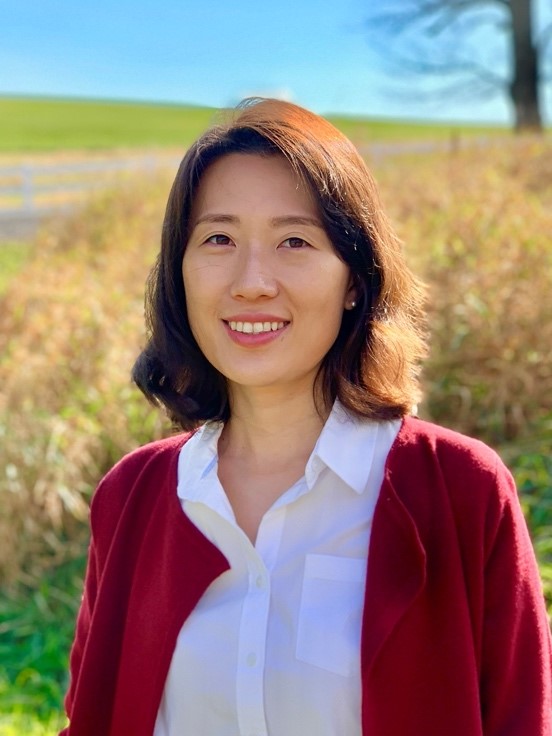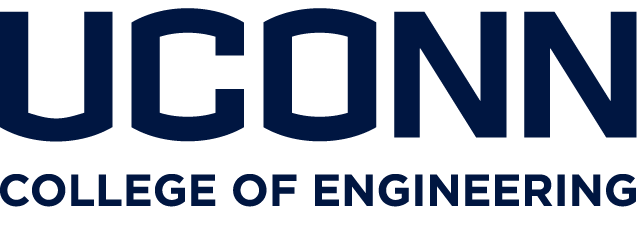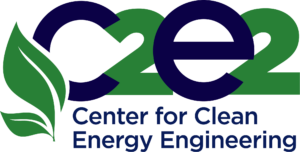Assistant Professor SeungYeon Kang Joins UConn and C2E2
 Dr. SeungYeon (Sally) Kang recently joined UConn as a tenure-track professor in Mechanical Engineering, as well as a faculty member at UConn’s Center for Clean Energy Engineering. Dr. Kang is an accomplished scholar and valuable member of C2E2’s team. She grew up in Seoul, South Korea and moved to the United States to attend Cornell University, where she earned a Bachelor of Science in Chemical Engineering in 2008. She moved on to graduate with her PhD in Applied Physics at Harvard University in 2014. She worked at Samsung in South Korea for 3 years but decided to return to academia and continue her postdoctoral research at Princeton University in 2017, after which she joined the University of Connecticut.
Dr. SeungYeon (Sally) Kang recently joined UConn as a tenure-track professor in Mechanical Engineering, as well as a faculty member at UConn’s Center for Clean Energy Engineering. Dr. Kang is an accomplished scholar and valuable member of C2E2’s team. She grew up in Seoul, South Korea and moved to the United States to attend Cornell University, where she earned a Bachelor of Science in Chemical Engineering in 2008. She moved on to graduate with her PhD in Applied Physics at Harvard University in 2014. She worked at Samsung in South Korea for 3 years but decided to return to academia and continue her postdoctoral research at Princeton University in 2017, after which she joined the University of Connecticut.
As a child, Dr. Kang was very curious and always asking questions to understand how things worked. She attended Gyeonggi Science High School in Korea, where she further curated her interest and went on to pursue an academic career in science and engineering.
Out of all of her options, Dr. Kang joined UConn as an Assistant Professor because Storrs provides a great balance between rural and city life, and she is used to the environment of New England from her time at Harvard University. Dr. Kang was also impressed by the UConn faculty being friendly and open, making her transition as a faculty member of the Center for Clean Energy Engineering and the Mechanical Engineering department easier.
When asked about her interest in clean energy research, Dr. Kang shared that clean energy is important, especially with issues such as global warming becoming more serious every day. “It is important to make more efficient use of energy, which eventually leads to reducing carbon emissions,” she says. “There is so much energy being wasted due to inefficient engineering processes and there also exists so much ambient energy around us that we are not making good use of, so research on various methods for energy efficient processes and energy harvesting becomes very interesting.”
Dr. Kang’s research is on two main topics: advanced laser materials processing and energy harvesting. For advanced laser materials processing, she is especially interested in utilizing ultrafast lasers to increase efficiency in laser micromachining processes and fabricating new types of 3D structures. “While regular lasers you may be familiar with are low in energy density and are continuous, these ultrafast lasers come out in very short pulses and have very high energy densities.” explains Dr. Kang. “Since the time duration of these pulses are so short, you can get very high energy density that’s even higher than the sun’s surface to cut metals, tissues, or other materials in a more effective manner without damaging the surrounding areas.”
The method of creating 3D structures through ultrafast laser nanofabrication is also different from anything done before because the resolution is so small. The scale of components that go into sensors or microchips must be minute, so nanofabrication is a good method to use. One particular application of this process is photonic devices including optical metamaterials which align well with the research Dr. Kang is looking to work on. With such a laser, very small structures can be designed in specific patterns to obtain engineered structures with new light propagating properties. This engineered path for light can help gather solar energy more effectively and enable unique light propagation that may even be recognized as invisible to the human eye.
Dr. Kang is also exploring a new phenomenon known as piezoelectrochemistry for energy harvesting, which when simply put, involves applying mechanical energy and getting an electrochemical response such as voltage out of it. Lithium-ion battery materials are known to undergo significant mechanical deformation during charging and discharging and therefore are good candidates for studying this effect. Her previous research in lithium-ion batteries at Samsung helped her to explore the effect further. “Understanding the coupling relationship between mechanical and electrochemical energy allows us to harvest otherwise wasted forms of mechanical energy via piezoelectrochemical materials,” says Dr. Kang. She feels that while these materials can be applied to microsensors as a source of small scale clean energy in a practical sense, in the future there could be ways to have these materials embedded in wearable devices and even possibly heavy machineries with repeating motions to harvest mechanical energy and store it more efficiently.
This year, she is looking forward to setting up her lab, which will be challenging with COVID-19 and equipment being delayed. She is looking forward to establishing a good research program for students to join and be able to collaborate with their peers. For Dr. Kang, the best part of performing research is that she can work with students, see them develop new ideas, and mentor them as they work on their research.
When asked what advice she would give to those interested in clean energy research, Dr. Kang recommended that “since there are so many new clean-energy related researches going on, following up with news on various technologies and understanding the clean energy industry is important to set up research goals.” She went on to emphasize the importance of keeping up to date with research articles, media and other interesting news updates in the industry to maintain fresh research content.

